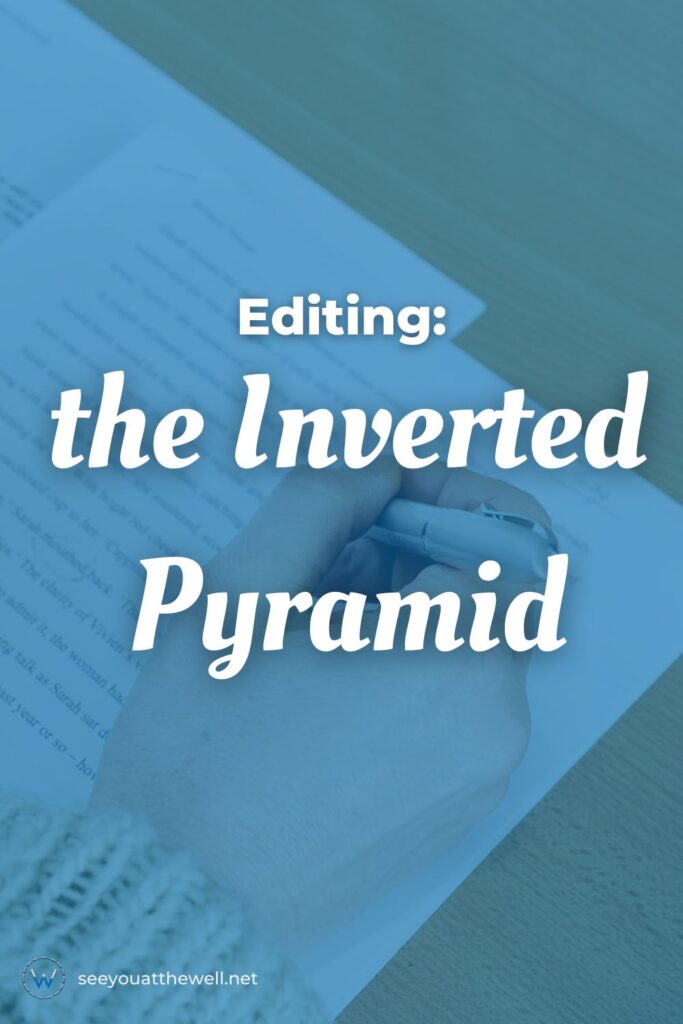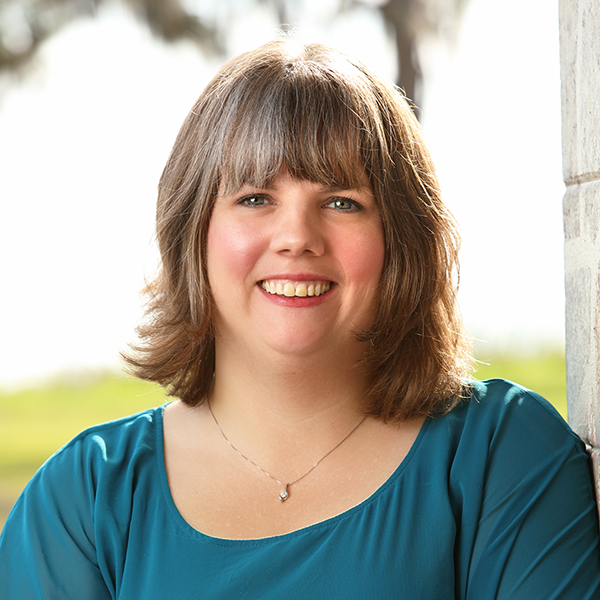After I finished my first novel manuscript, I knew that I wanted to hire an editor. Unfortunately, I knew nothing about the process, and I ended up wasting time and money on the wrong edit.
When I realized that I wanted to edit (not just write) novels, I decided that one thing I had to do was make it easier for new writers. One way in which I do that is by clarifying the editing process.
When I hired the freelance editor, she asked me the most confusing question: do you want a substantive edit, a line edit, or a copy edit? I had no idea what any of those terms meant, so I had no idea what I wanted. I also didn’t know whether or not my manuscript was any good, so I didn’t know what I needed. She tried to clarify, but she used a lot of technical words that I didn’t understand. I didn’t know if I needed help with syntax, flow, cohesiveness, or structure – I wasn’t even sure how any of those were different from each other.

Now that I understand the process, I explain it as an inverted pyramid. At the top of the pyramid you have the most work to do. With each round of edits, you bring the focus in until you reach the point/bottom. Starting at the top, your editing process looks something like this:
- Macro Edit (a.k.a. Substantive or Developmental Edit): Your first round of edits, this looks at the big picture. For a novel, the editor doesn’t just look for grammatical issues, she’s also looking at characterization (is it consistent?), plot (are there any holes), and the craft (are you showing instead of telling; is your point-of-view consistent?). Your macro editor addresses the entire book, not just the technical aspects of writing.
- Line Edit: I sometimes refer to this as wordsmithing. As the name suggests, the editor goes through the book line-by-line looking for ways to strengthen each line, often through better word choices and stylistic changes. When I line edit, I often tell my clients, “Technically there’s nothing wrong with what you’ve written, but it would make a more powerful impact if you…”
- Copy Edit: Nuts and bolts. Now that your plot holes have been filled and your word choices tweaked, the copy editor breaks out the red pen to mark each errant comma, space, reference, and notation. These are the grammar Nazis and the English teachers of your nightmares, but they are vital to producing your best possible manuscript.
If you’re a new writer with your first manuscript, start with a macro editor and work your way down the list. Each editor will take you a step down the pyramid until you’ve reached the point – your best possible manuscript, ready to submit to agents and editors.

